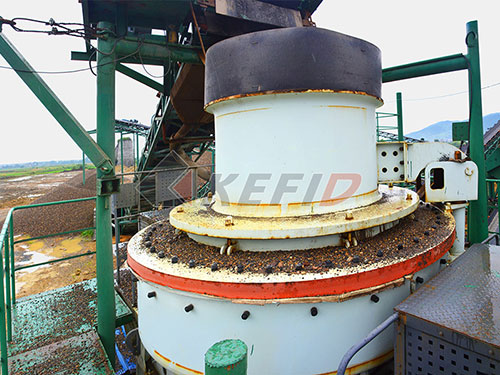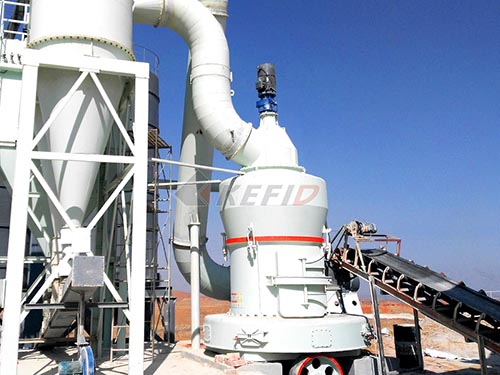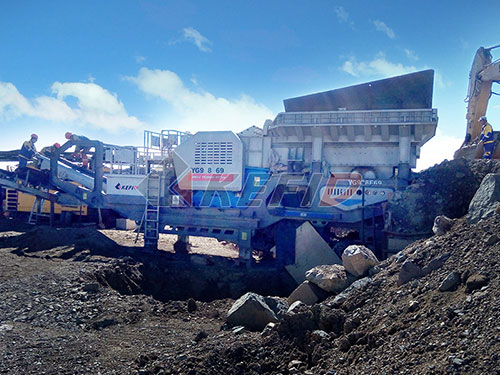The Unsung Guardian of Crushing Circuits: Demystifying the Primary Crusher Grizzly
In the rugged world of mineral processing, aggregate production, mining, and recycling, efficiency reigns supreme. Every kilowatt-hour consumed unnecessarily translates directly into lost profit margins. At the very front lines of these operations stands a critical piece of equipment often overshadowed by its more imposing neighbors – the primary crusher itself – yet it plays an indispensable role in safeguarding efficiency and protecting downstream machinery: the Primary Crusher Grizzly.
More Than Just Bars: Defining the Primary Crusher Grizzly
At its most fundamental level, a primary crusher grizzly is a robust screening surface positioned before the primary crusher within a material handling circuit. Its core function is segregation by size. Imagine raw material – blasted rock from a quarry run-of-mine (ROM) ore from a mine site demolition concrete oversized gravel – being dumped onto this structure.

The defining characteristic of any grizzly is its openings, formed by parallel bars spaced at predetermined intervals (grizzly spacing or aperture). Material smaller than these openings falls through onto an underlying collection point (like an apron feeder pan or directly onto a conveyor belt). Material larger than these openings travels over the top of the bars towards its intended destination: the feed opening of the primary crusher.
Why It’s Indispensable: Core Functions & Critical Value

The value proposition of a well-designed and maintained primary crusher grizzly is multifaceted:
1. Protecting the Primary Crusher: This is paramount.
Eliminating Oversize: Prevents oversized rocks or tramp metal that exceed the crusher’s designed maximum feed size from entering it directly.
Preventing Choke Feeding: By allowing fines to bypass initial crushing stages where they aren’t needed (or could cause packing), it ensures optimal feed gradation enters the crusher cavity.
Reducing Wear & Tear: Minimizes unnecessary crushing action on material already at target size downstream or fines that simply pass through screens later anyway.
Preventing Damage: Stops oversized chunks that could physically damage mantle/concaves/jaws/anvils or cause catastrophic failure due to jamming.
2. Optimizing Crushing Efficiency & Throughput:
Focusing Energy: Directs valuable crushing energy only onto material that genuinely requires size reduction at that stage.
Increasing Capacity

Leave a Reply